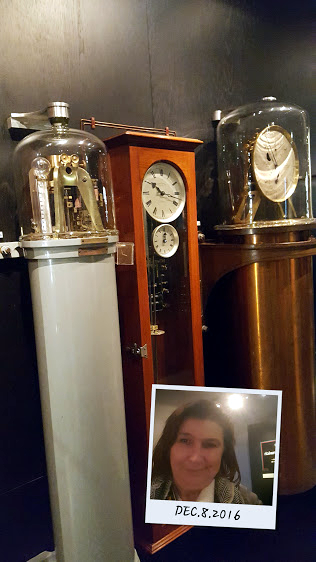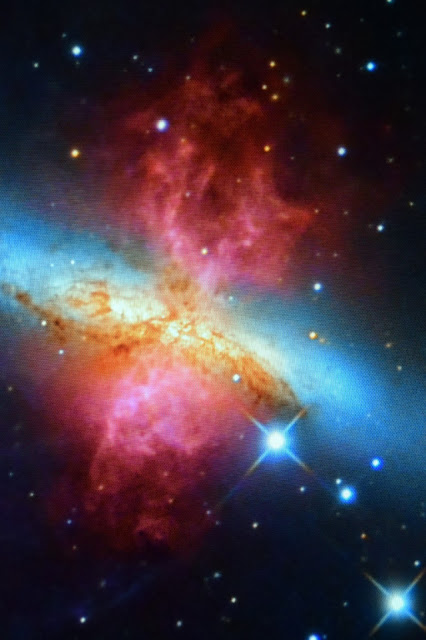‘Gorgeous galaxies and stunning stars’
The Guardian
The 15 million Peter Harrison Planetarium opened in 2007, a beautiful cone-shaped addition to the Royal Observatory
designed by architects Allies and Morrison. This 120-seat,
state-of-the-art facility replaced the small and out of date planetarium
in the dome of the South Building and is now the only place to see the
stars in London. The bronze cone is precisely tilted at 51.5 degrees
(the latitude of Greenwich)
so that it points to the North Star, while the reflexive disc at right
angles to this is then aligned with the celestial equator and the
vertical north edge marks the zenith. If you're not sure what all this
technical and astronomical planning means just take a look and you'll
get a great view of the stars.
Insight Astronomy Photographer of the Year is
the biggest international competition of its kind, annually showcasing
spectacular images shot by astrophotographers worldwide.
This year's awesome winning photographs in our free exhibition at the Royal Observatory.
A hundred thousand million Stars make one Galaxy;
A hundred thousand million Galaxies make one Universe.
The figures may not be very trustworthy, but I think they give a correct impression.
— Sir Arthur Stanley Eddington
The Expanding Universe (1933), 4.
If the expansion of the space of the universe is uniform in all
directions, an observer located in anyone of the galaxies will see all
other galaxies running away from him at velocities proportional to their
distances from the observer.
— George Gamow
The Creation of the Universe (1952), 31.
There is a point of view among astronomical researchers that is
generally referred to as the Principle of Mediocrity. ... If the Sun and
its retinue of worlds is only one system among many, then many other
systems will be like ours: home to life. Indeed, to the extent that this
is true, we should be prepared for the possibility that, even in the
Milky Way galaxy, billions of planets may be carpeted by the dirty,
nasty business known as life.
— Seth Shostak
Quoted in 'Do Aliens Exist in the Milky Way', PBS web page for WGBH Nova, 'Origins.'
Who are we? We find that we live on an insignificant planet of a humdrum
star lost between two spiral arms in the outskirts of a galaxy, tucked
away in some forgotten corner of a universe in which there are far more
galaxies than people.
— Carl Sagan
Cosmos (1985), 160.
Were the succession of stars endless, then the background of the sky
would present us an uniform luminosity, like that displayed by the
Galaxy—since there could be absolutely no point, in all that background,
at which would not exist a star. The only mode, therefore, in which,
under such a state of affairs, we could comprehend the voids which our
telescopes find in innumerable directions, would be by supposing the
distance of the invisible background so immense that no ray from it has
yet been able to reach us at all.
— Edgar Allan Poe
'Eureka: An Essay on the Material and Spiritual Universe' (1848). Collected in The Works of the Late Edgar Allan Poe (1857), Vol. 2, 183
Changes, cyclic or otherwise, within the solar system or within our
galaxy, would seem to be the easy and incontrovertible solution for
everything that I have found remarkable in the stratigraphical record.
— Derek Ager
In The Nature of the Stratigraphical Record (1973), 83.




































































